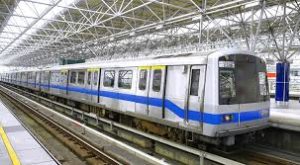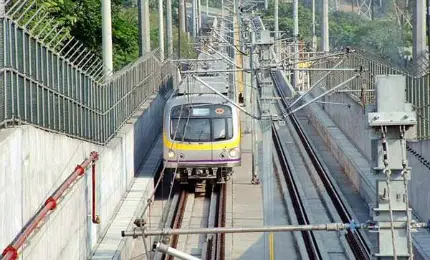Have you ever been in one of the Philippine trains? If yes, what was your experience? Most people would give negative feedback about this because of the fact that it’s not stabilized and standardized properly unlike railways of other Southeastern countries like Singapore, Malaysia, and Hong Kong.

Just recently, the Philippine government is pushing certain plans of expansion; they are planning to expand the national railway network from its current position of 77 kilometers to 1,900 kilometers within the next three (3) years as part of the Philippines’ overall economic plan. Critics thought of this plan and this projection as unrealistic, impossible, and expensive. However, the government, together with some of its branches and departments, think otherwise.
Read: Manila Bay Rehabilitation Wants to be Postponed by Lawmakers
Under our current President Duterte’s administration, we can feel and see the changes happening in public infrastructure. Some might not be able to feel it but they have been heavily investing in it.
What plans does the government have with the railways?
To give you a more detailed plan on what they are looking to happen, their plan is to complete six (6) our of ten (10) railroad and railway projects by June of the year 2022. This marks the end of our current President Duterte’s term and to partially finish the other four (4). The next President would have to finish it for the complete project to execute.
Read: The Universal Health Care Bill Approved by the Senate
According to the Department of Budget and Management (DBM), an increase of spending in infrastructure is seen with the government to a 6.2 percent of the country’s gross domestic product last year – its highest since the year 1993.
Is the project currently taking place?
Yes, since President Rodrigo Duterte’s term, three (3) of the projects have already begun. These projects are:
- Extension of the 3.8 kilometer LRT-2 Line;
- The 22 kilometer MRT Line 7; and
- The Common Station Project
The common station project is the project that will link all four (4) major rail lines in Metro Manila. For the other seven (7) projects, the construction will start this year.
The Japan International Cooperation Agency will be funding the first (1st) tranche of the subway. This company is worth $955 million or 104.5 billion Yen. As per the Department of Finance (DoF), the company made the commitment to lend a financing requirement for the project; a total of 573.7 billion yen.
Transport Secretary Arthur Tugade said that progress on the Metro Manila railway will start in the first quarter of 2019 and will be partially completed by the year 2022. In addition to that, he also said that this project will be the government’s biggest infrastructure project in history. He also said that their target is to provide comfort to the Philippines and its people in terms of public transport.
The target is the Filipinos will see, will hear, and will feel the comfort of the first subway station before the end of the term of the President.”
A Japanese association which includes Tokyo Metro Co. and Oriental Consultants Global Co. won the bidding for the 11 billion peso contract for the construction of the first three (3) stations of the subway.

Read: Future Projection of Railway Public Transport Around The Metro
Rene Santiago, rail transportation expert, and Bellwether Dvisory Services President, says that the target of the government in expanding the railway network is not feasible.
That’s a lot of hot air: the best that could be done is 100 km, and that is being optimistic on rail projects on the implementation pipeline. The network scale shouldn’t be the goal, since the Philippine is an ARCHIPELAGO country where railway has a limited role.”
As of the moment, we know that our country is falling behind its fellow Southeastern Asian countries in terms of rail infrastructure, and overall public transportation. This is especially true and you will be able to observe this when you experienced traveling to other Southeastern Asian countries.
Read: LandBank’s Assistance For OFW’s Through the Reintegration Program
Our rail infrastructure will compare poorly — in scale and quality — to other Asian countries. It will remain for years to come, until systemic and institutional issues are resolved.”
Hopefully, this move by the government improves the overall transportation system of the country. This will not only help the infamous traffic our country is known for, it will also improve our country’s economic standing and how other countries see the Philippines.